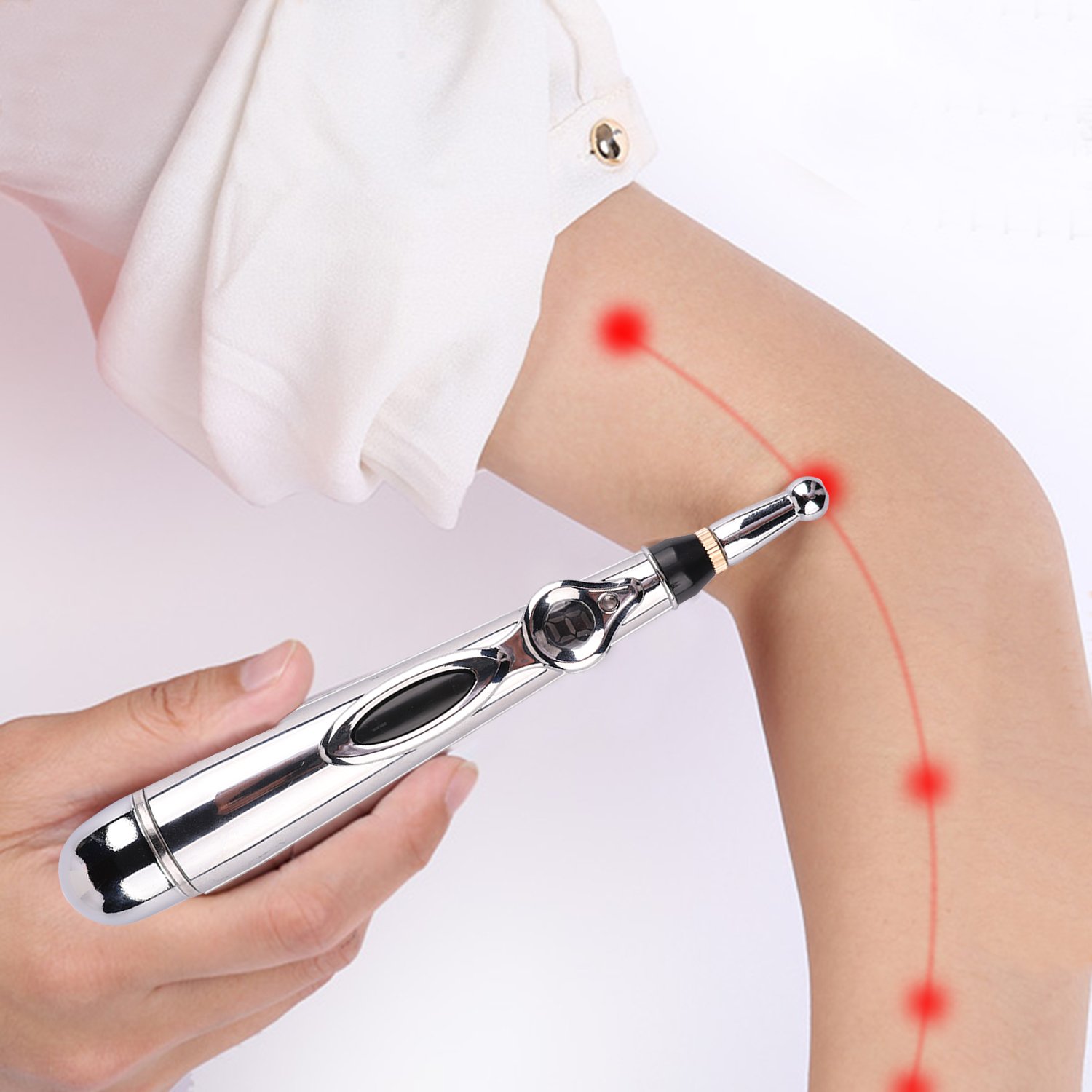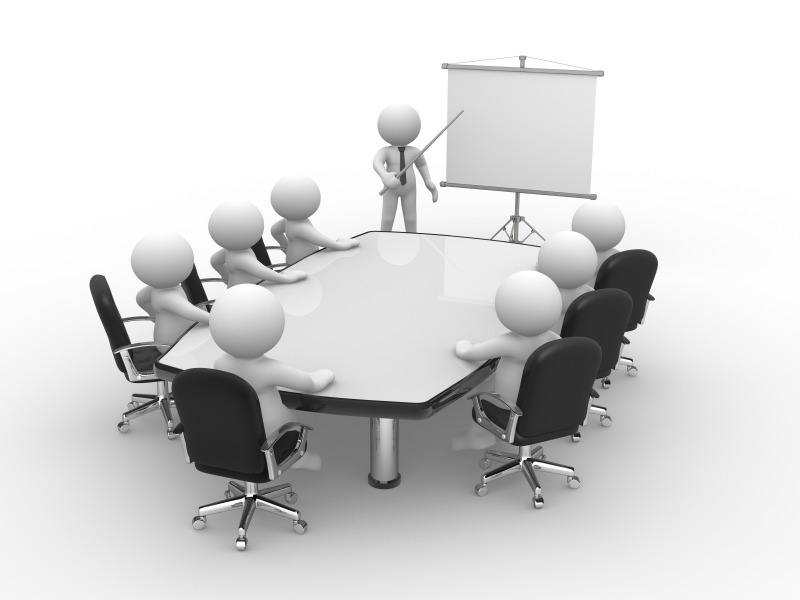 Meridians and Meridian Points or Acupoints
Meridians and Meridian Points or Acupoints
Meridians are very subtle, energetic pathways in the body and are part of the Traditional Chinese medicine (TCM) system that’s been around for over 3,500 years. These pathways which are also referred to as channels or highways, are subtle electricity paths in the body and move in accordance with the nervous along with other organ systems, in fact, with our entire physiology.
According to TCM, the meridian pathways, which are not yet physically identified in the body, are responsible for the «distribution» of substances throughout the body, like an energetic distribution network. Our meridians allow the flow of energy, known as Qi (pronounced «chee») the body’s vital energy, to circulate throughout the body and irrigate and nourish its organs and tissues. They are considered to be the doorways to the connection of Body, Mind and Spirit.
There are fourteen main meridians throughout the body which run in corresponding pairs on the left and right side of the body, with multiple acupuncture points along the pathways. One meridian runs up along the front of the body and another runs along the spine. The other 12 meridians run in various places along the rest of the body. Six channels travel across or through each limb out of which, three are yin (receptive in their nature) and are located on the inside surfaces and three are considered yang (active) and are located on the outside surfaces.
Each meridian is a yin-yang pair, which means that each yin organ (lung, heart, kidney, liver, spleen) is paired with a corresponding yang organ (large intestine, stomach, small intestine, bladder, gallbladder). There’s a yin and yang presence in every living thing. Yin corresponds to water, darkness and cold, while yang corresponds to fire, daylight and heat. In order for the body to function properly, there must be a balance between the yin and yang principles.
Apart from the main meridians, we also have other very specific function meridians called «Extraordinary» which are not associated with any of the major organ systems. They act as reservoirs for Qi and blood. Since they circulate «substances» throughout the body, they have a strong connection to the kidneys. They help circulate Wei Qi (pronounced «way chee») which in TCM means immune system. The Wei Qi is closely associated with the internal organs, specifically the lungs and they provide connections between the 12 main meridian channels. When the energy of the lungs is well-balanced and flows freely, the body remains healthy, since the Wei Qi is strong and can easily fight off any external attacks.
Acupuncture Pointnames
Up to twenty-four different names were given to these points by ancient practitioners. These names describe the actions, effects and spirit of the acupuncture points, through symbols derived from various aspects of early Chinese culture, including the Chinese characters, Feng Shui, philosophy, religion, mythology, alchemy, astrology, architecture, sexology, political structure and city planning. All of these symbols are tied together with the energetics of the points to produce a rich and unified picture of each point’s meaning and how it can be used.
For the 361 points of the main meridians, there are 894 point names. These names were created to cover not only the description of the points but also to see and understand today, the original perspective and the creation process of acupuncture. Therefore, the study of these acupuncture pointnames, constitutes not only one of the most important ways of understanding in-depth all of these points and their energetics, but acupuncture itself.
How Acupuncture Works
Outside influences like lifestyle choices, stress and anxiety along with internal factors such as injury, illness, pain and inflammation can create blocks and imbalances in the energetic fields, which in turn creates clogged or stagnant meridians. Over time, these blocks can then cause illness.
Acupuncture is a wonderful way to unclog the meridians. Along with acupuncture, herbal formulas, exercise and proper dietary habits all work in conjunction to keep the body aligned and functioning properly. By doing so, «It re-establishes the body’s ability to transmit messages», says Ka-Kit Hui, M.D., director of the UCLA Center for East-West Medicine in Los Angeles.
Acupuncture works on an energetic level in the body, something that has been long known and studied by ancient philosophers and healers and it actually corresponds to what is really happening in our body. By manipulating this energy field, we can actually affect its corresponding physical counterpart and help the body to heal.
Because acupuncture takes a snapshot of our «whole» system and how it operates on a molecular, chemical, and energetic level, it provides a holistic overview of the body’s condition. It focuses on the patterns that the body operates on.
The Benefits of Acupuncture
Because of its effectiveness for thousands of years, acupuncture has recently gained great acceptance. Some of the areas it has been able to treat are listed below, without this being a complete list of course. These areas are:
- Addictions
- Adrenal Fatigue
- After-stroke treatment
- Anxiety, Depression
- Auto-Immune Disorders
- Blood Pressure & Hypertension
- Cancer pain
- Carpal tunnel syndrome
- Chemotherapy side effects
- Chronic Fatigue & Atonia
- Chronic pain
- Diabetes
- Diet, Nutrition & Weight loss
- Digestive problems
- Disc diseases & Rickets
- Epicondylitis of the elbow
- Erratic Mood Disorders
- Facial Rejuvenation
- Fibromyalgia
- Headaches & Migraines
- Heel spurs & Plantar fasciitis
- Immune Disorders
- Infertility & Menstrual problems
- Insomnia & Other sleep disturbances
- Movement impairment
- Neck pain & Back pain
- Osteoarthritis of the knee
- Pain & Musculoskeletal issues
- Pediatrics
- Post-surgery pain
- Post-traumatic stress
- Sport & Other injuries
- Stress, Anxiety & Depression
- Tendonitis of the shoulder
- Women’s Health & Fertility
Recent Acceptance of Acupuncture
Recently, classical medicine has made advances to accept these benefits. According to the WHO (World Health Organization), acupuncture is now considered effective for treating 28 conditions, while there’s much evidence that it may be of therapeutic value for many more. In the United States, electro-acupuncture has been studied for its effectiveness as a form of anesthesia, as a pain reliever for musculoskeletal conditions, treatment of neurological disorders, acne and cancer medication-induced nausea. In the USA, it is now licensed in over 40 states and is increasingly being recognized and preferred by insurance companies for its non-invasive abilities to heal.
Types of Acupuncture
Acupuncture can work in a variety of ways and while the methods share similarities, they also differ in significant ways.
- Acupuncture: Traditionally, acupuncture involves inserting in the skin, sterile and disposable hair-thin metal needles by licensed, trained professionals. These needles are inserted into different but specific acupoints in the body that help to stimulate or disperse obstructions enough so they may easily leave the body. Thus, the body’s own innate healing energy is induced so it may return to a more balanced state and well-being.
- Electro-Acupuncture: Electroacupuncture is a form of acupuncture that now usually uses a small pen-like tool that is applied topically to the skin and as it touches the body, it passes a small electrical current to it. The small flow of current that is created, achieves a wider area of stimulation than a needle. This makes it more «forgiving», since it doesn’t have to be precise in the way that traditional acupuncture requires. Τhis method of acupuncture is preferred by many professionals and users since it appears painless and easy to use, even self-administer. Therefore, the therapists or users who apply it don’t need extensive years of study and training. This doesn’t mean however that it is not effective, because it is. It’s just a more modern way to apply an ancient method.

- Acupressure: Acupressure works on the same principles of acupuncture but instead of needles, pressure is applied on the meridian points as a way to release the tension or blocks from the acupoints and promote blood circulation. You can do acupressure several times a day, or as often as needed for the symptoms to go away. Since it is considered non-invasive, massage therapists and other bodyworkers have added this healing method to their practice. But most importantly anyone can be taught to self-administer the necessary treatment.
Scientists explain the effectiveness of acupressure much like they explain acupuncture—applying pressure to certain points can stimulate the nervous system and brain to release a variety of neuropeptides that help with pain, anxiety and more. - Energetic Acupuncture: Energetic acupuncture works on the same acupuncture principles but without actually touching the body in any way. Energetic tapings are done in the air and on the acupoints, or negative energy is cleared and blocks removed through the connection to High Self, the use of special charts and a pendulum. Different types of healing can be downloaded into the body systems in the same way.
Differences Between the Above Healing Methods
While acupuncture, electro-acupuncture, acupressure and energetic acupuncture are ALL rooted in the same belief of improving Qi by stimulating certain acupoints, they are not the same. Acupuncture is administered by a licensed professional ONLY and with the use of needles. It can cost as much as a visit to a doctor or chiropractor and it may or may not be covered by your health insurance. Think of it as a stronger and more professional treatment tool.
Electro-acupuncture and acupressure, however, though they can be done by trained professionals they can also be a do-it-yourself form of care. There are many books, seminars and online videos that can help you learn how to apply both methods to treat a wide variety of ailments for yourself.
Energetic acupuncture can be a self-care method for trained dowsers. Training in anatomy, physiology or pathology is not required but extremely helpful. However, it requires proper training in dowsing and much practice.
All four methods work on the same principles. However, if you have an acute or chronic clinical condition, please visit a doctor or other specialists.
Our Approach
People appreciate and respond differently to healing methods when applied alone or in combination. Many times, an energetic healing will have greater benefits if it’s combined with «Supplements», «Schussler cell salts», «NLP» or «Bioresonance» and so on. Our goal has always been to help each and every client reach the desired results in the most efficient, beneficial and financially suitable solution at the time. This might involve a variety of approaches and no one better to guide us than «High Self».
If you want more information regarding our approach to healing the physical body, please press our link «Physical Body Healing» where all the methods we apply for this session are explained in great detail. Please note that for an energetic body healing to be effective and hold, a prior full «Initial Clearing» is required. To book your «Body Healing» session, please book your appointment on our «Booking Form». Easy-to-follow visual instructions are provided there for your convenience.
Xenia Ioannidou
Founder & Master Teacher of Alternative Therapies
GrecoDow® & GrecoMastery® Educational Systems



